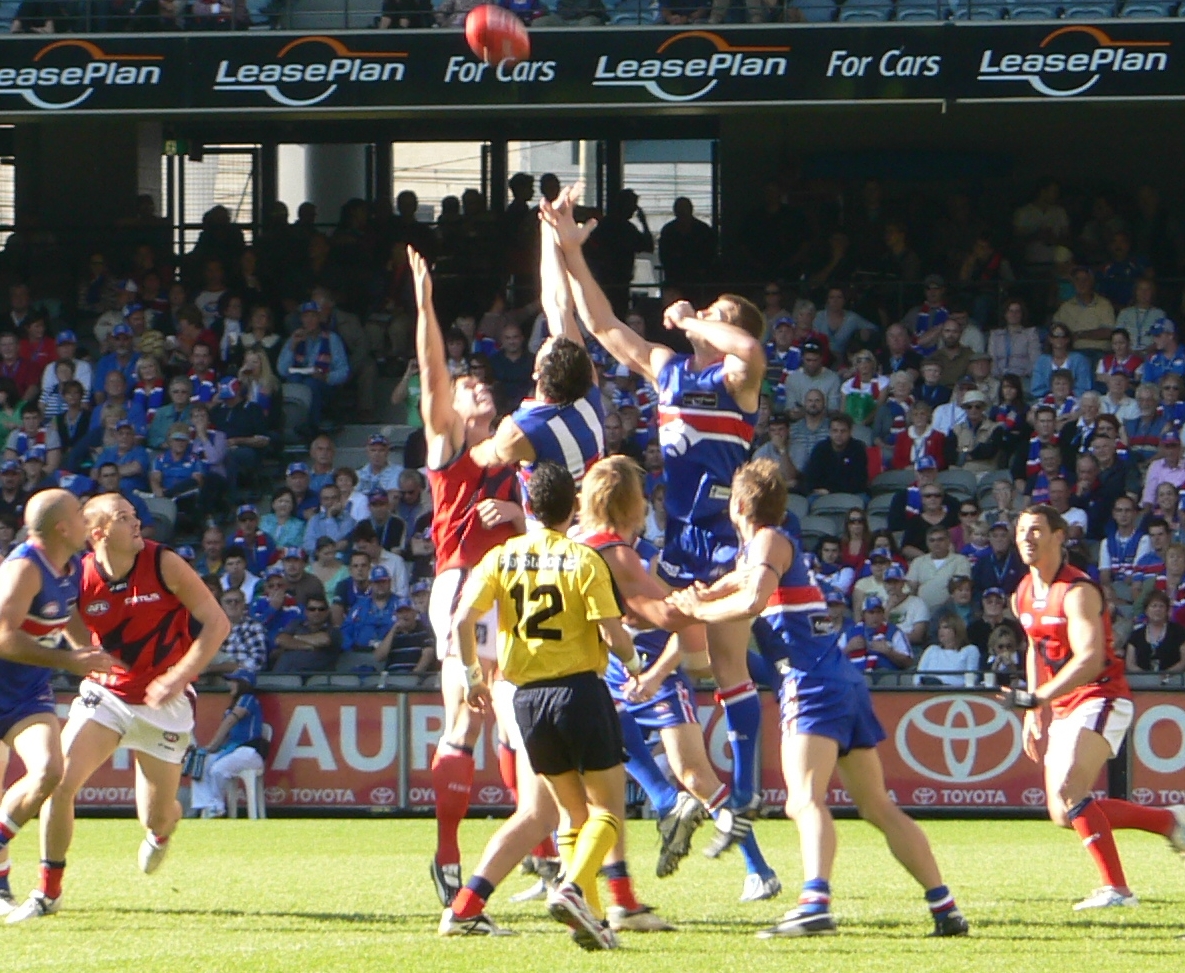Injury researchers commonly study elite athletes because they participate in athletics year-round and thus have an increased chance of sustaining an injury. However, most athletes participate at the recreational or community level. (According to the NCAA, only 1.9% of American, high school, soccer players become professional players!)
Understanding that there is a difference between the physical profile of an elite player and a community player is imperative for ma king recommendations for injury risk factor management. The latest publication by Finch, et al. focuses on this matter.
king recommendations for injury risk factor management. The latest publication by Finch, et al. focuses on this matter.
In the current issue of Injury Prevention, Finch, et al. provide more evidence for targeted neuromuscular control exercise programs for decreasing knee injuries and lower limb injuries (LLI). The randomized-controlled trial (RCT) evaluated 18 male, non-elite, community Australian football clubs with data from more than 1,564 people. As profiled in the study, individuals who participated in the neuromuscular control intervention had a reduced rate of LLI as compared to control players.
The intervention was implemented as a “warm-up” prior to training. The program was based on the Preventing Australian Football Injuries through eXercise (PAFIX) study ; the control group participated in a “sham” program that included similar exercises. Although not in the published article, I was curious to know what PAFIX training fully entailed.  The PAFIX training manuals include a detailed look at the neuromuscular exercises implemented, including a variety of plyometric training, stability and balance exercises, and change-of-direction drills.
The PAFIX training manuals include a detailed look at the neuromuscular exercises implemented, including a variety of plyometric training, stability and balance exercises, and change-of-direction drills.
Despite no statistically significant findings, this “analysis indicates that clinically relevant reduced knee injury and LLI rates can be achieved through targeted exercise training programmes in men’s community AF” (Australian Football).
This finding struck me as particularly important because of the vital role of community sport and recreation programs in providing nonelite athletes with the opportunity to gain the physical literacy skills needed to benefit from participation in sport and physical activity.
I look forward to more injury research which could potentially be generalized for nonelite, athletic communities.